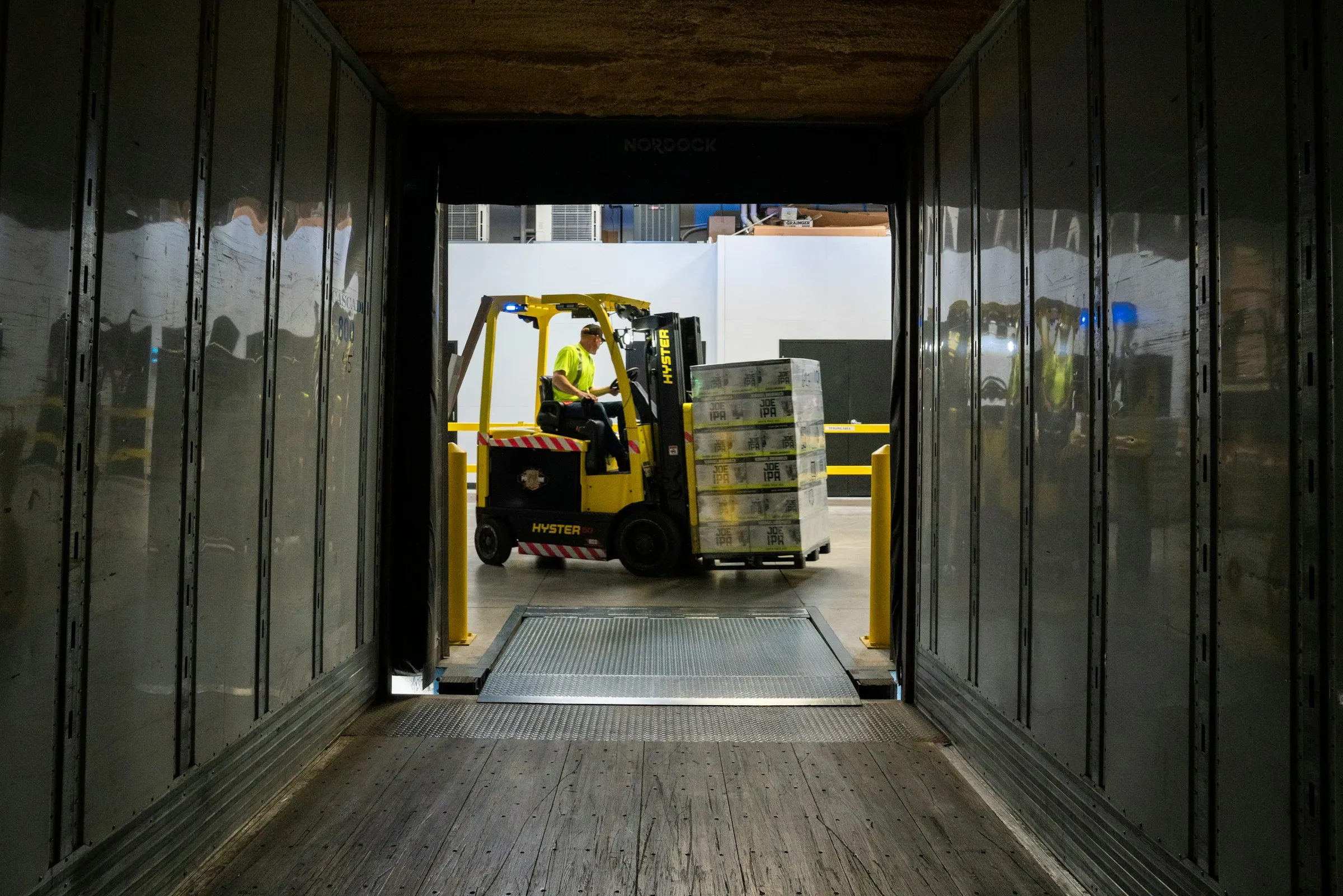Success in retail relies on more than just high sales numbers. Retailers must also manage their inventory efficiently, optimizing ordering, storing, shipping, and return workflows to ensure they always have enough goods to meet customer demand. Every unit in a seller’s inventory comes with attached costs, such as storage and transportation charges. Therefore, efficient retail inventory management hinges upon finding the right balance between having enough goods on hand to carry on operations and holding as little stock as possible to bring down carrying costs.
It can be a complicated process, so many businesses rely on retail inventory management software. This article will cover the importance of retail inventory management software and the key elements every business should look for when selecting one.
Retail inventory management: A unique challenge
Inventory management is an essential process for any business, but it takes on even greater importance in retail.
So, what makes inventory management in retail different from other types of inventory management?
Retail businesses are likelier to stock perishable goods, like meat and dairy, or goods with limited or seasonal demand, such as electronics or holiday decorations. Due to this dynamic demand, it’s vital that retail businesses closely track product locations, quantities, profit margins, and sales figures to know exactly how much inventory needs to be in stock at a given time. This applies equally to both online and physical retail stores.
Despite the importance of retail inventory management, many businesses in the sector are lagging in this area. According to a GS1 U.S. Standards Usage Survey, the average retail business only has an inventory accuracy of 63%. That means nearly four of every ten items in a store’s inventory cannot be traced conveniently. Though retail inventory management software can address this problem, only 44% of retailers have embraced such solutions, according to a 2020 poll.
It is more important than ever for businesses to modernize their operations. This means adopting retail inventory management software that increases the store’s efficiency and productivity.
Five key elements of retail inventory management software
There are many options for an inventory management solution to take a retail business to the next level. According to a Fortune Business Insights report, the global inventory management software market was worth $2.31 billion in 2023 and is set to experience continued growth over the next six years.
Even though many products are on the market, the best inventory management software will feature five key elements.
Let’s examine each of these in closer detail.
1. Automated warehouse receiving
Receiving ordered goods at a warehouse is the first step of inventory management. Any errors or delays at this stage will reverberate further down the line when the time comes to pick, pack, and deliver the product. While manual methods can be used to track and monitor the receiving process, the likelihood of mistakes increases with the volume of goods ordered.
It’s much more efficient and effective to use a digital solution instead. Automated warehouse receiving minimizes the amount of manual intervention in inventory receiving operations. Stock counting and inspection are also performed automatically through inventory management software. Between such software and robotic loading and unloading machines, the global warehouse automation market was valued at over $23 billion in 2023.
2. Centralized product management
Retail inventory management needs more detailed information than other types of businesses. Since most retail enterprises stock a wide variety of products, it’s not enough to know where the goods are—knowing what is in stock is also essential. Product management involves tracking all the products in inventory, from raw materials and finished goods to maintenance, repair, and operations (MRO) goods and packaging materials.
A centralized product management module is essential in the chosen inventory management software. This module must feature a complete record of all the products currently in stock and include details about each unit, for example, size, color, and style. Another essential feature in this module is adding new products or editing information for existing products. Streamlining product management tasks through a centralized module helps optimize the monitoring of stock levels and restocking goods at the right time.
3. Pick-and-pack functionality
One of the processes at the heart of inventory management is the pick-and-pack function. This involves every retailer's steps to fulfill a customer order—picking the goods from the warehouse, preparing the shipping labels, and safely packing the items for delivery.
There are multiple methods of completing pick and pack functions. These include:
- Individual picking
- Batch picking
- Wave picking
- Zone picking
Each method has pros and cons, and the right choice depends on the business scale and the type of goods it carries. Retail inventory management software should include features that allow users to manage pick and pack operations, such as choosing the right method and offering complete visibility during the process.
4. Purchase order management
A good inventory management software should work hand-in-hand with an order management system (OMS). The two systems are two sides of the same coin regarding order fulfillment. While inventory management involves tracking goods as they move through warehouses, stores, and delivery, order management refers to the process of capturing, processing, and fulfilling a customer’s purchase order.
Businesses must check that a given retail inventory management software integrates smoothly with their OMS before adopting it. If the two are not in sync, problems such as customers ordering out-of-stock items, delayed shipments, and misplaced goods are likely. On the other hand, a smooth integration will ensure greater levels of accuracy in retail operations.
5. Returns management
Inventory management is all about the smooth movement of goods, but it’s important to remember that the goods move in both directions. While order fulfillment logistics should naturally be a top priority, retail business owners cannot afford to overlook reverse logistics either.
Reverse logistics refers to the process of dealing with customers returning goods after purchase. The reasons could range from the goods being damaged or the customer simply being unsatisfied with their purchase. Whatever the reason, retailers need to account for receiving and recycling inventory when it is shipped back from its delivery destination.
Retail inventory management software can benefit both buyers and sellers in this scenario. It can be used to designate drop-off points for returned packages, manage pick and pack processes, create shipping labels, and coordinate delivery back to the warehouse.
Improving inventory management requires the right retail inventory management software
Adopting retail inventory management software comes with many benefits, including:
- Higher profits
- Less dead stock
- Fewer stock-outs
- Improved demand forecasting
Optimizing a retail business or shop for success involves choosing the right retail shop stock control software with all the five elements outlined above.
For business owners looking for such a solution, PackageX can help retail stores do it all—from inventory receiving to warehouse management and order fulfillment. Unlock higher levels of efficiency with PackageX’s retail inventory management software and watch the business grow.




